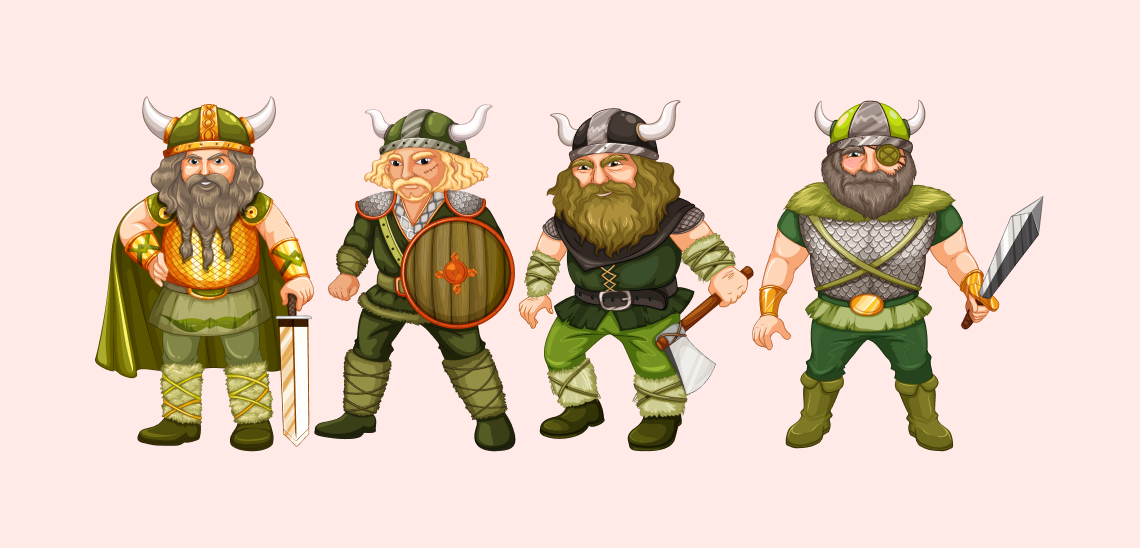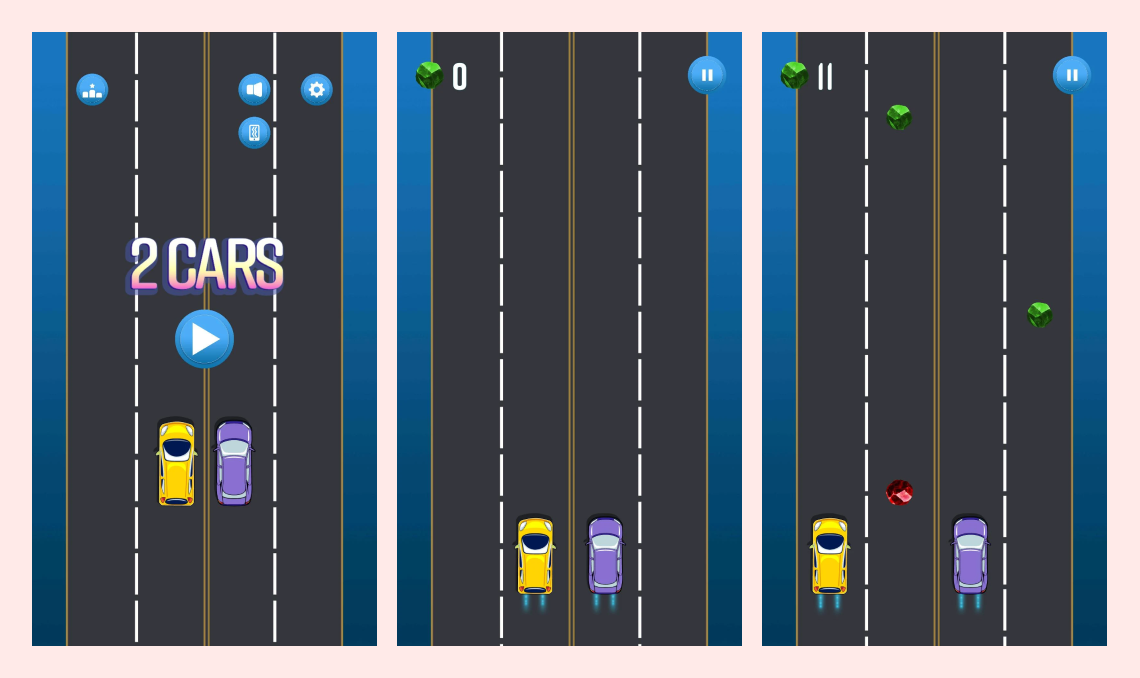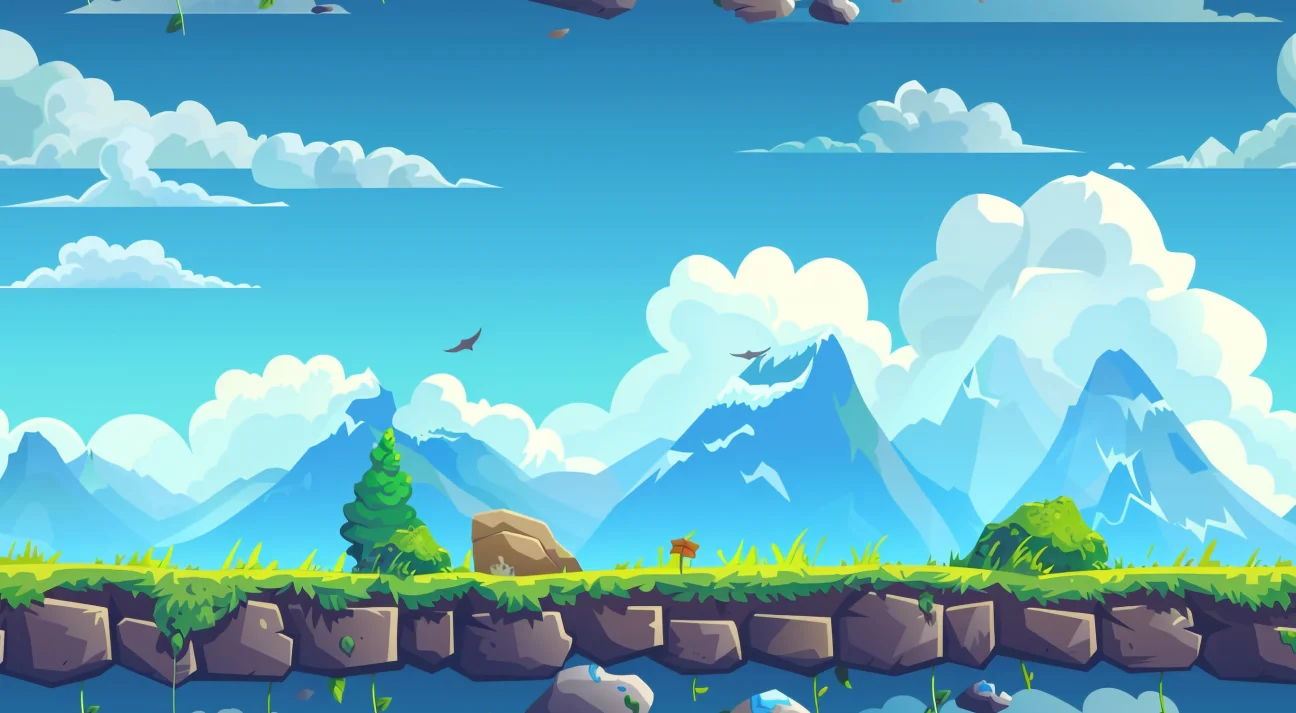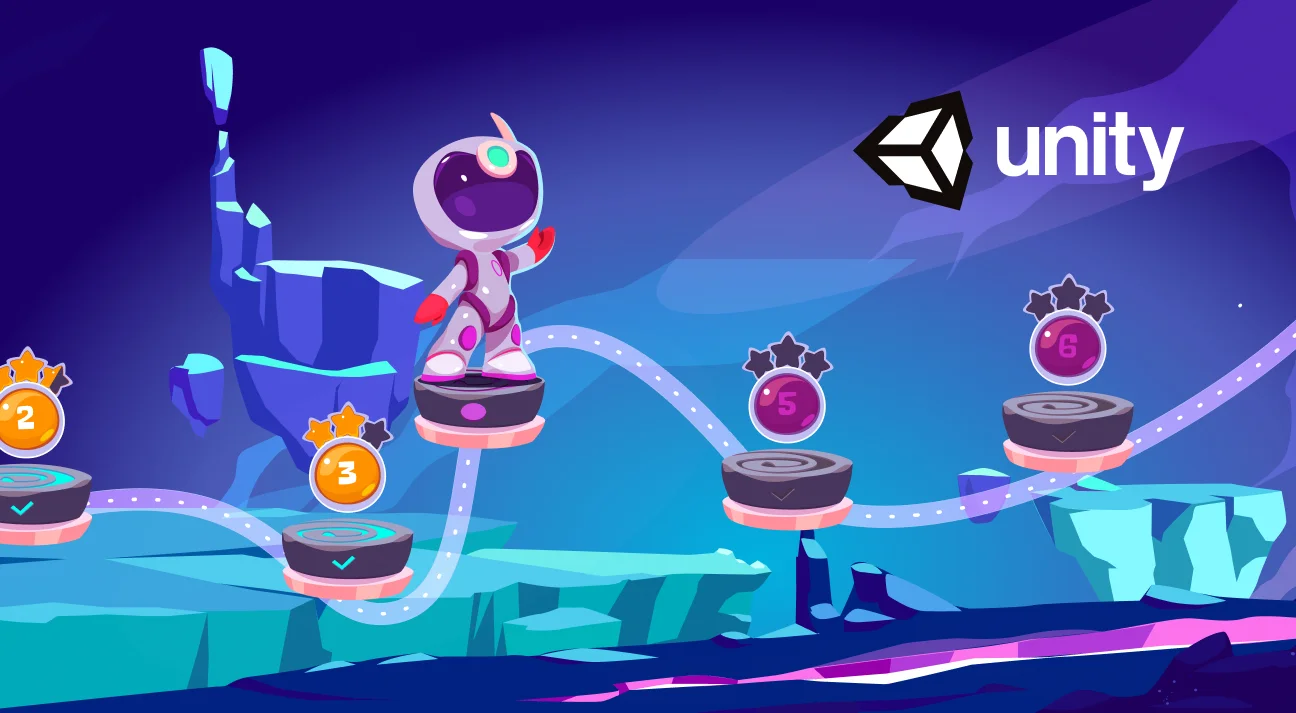
Understanding Mobile Game Development Cost: Factors and Estimates
Video game industry demographics are changing dramatically, perhaps more than any other aspect. It looks like the video game industry will have a bright future as people continue to play games, create more immersive entertainment, and seek out easier access to games.
What started as a drop is now the ocean. What started in the late 1970s as a video game industry is now a market of $286.50 billion in 2023, according to a report by Statista. It also states that the mobile game segment will sport a user base of over 2.3 billion by 2027, making mobile games a massive stream of revenue. The Mobile Games segment will have an average revenue per user of $443 in 2023.
But why mobile game applications are developed at a higher cost is still a big question for many mobile game app development companies. So, below we have presented some solid reasons for higher game development costs.
Why Do Mobile Games Cost So Much to Develop?
Mobile games can be complex to develop, requiring skilled developers and designers to create game mechanics, graphics, sound, and user interface. Additionally, mobile games often need to be optimized for multiple platforms, such as iOS and Android, which can increase the development cost.
Mobile game development companies need to ensure that their games are engaging and addictive, which can involve extensive user testing and iteration. This process can be time-consuming and expensive, especially for larger games with more complex mechanics.
Developing a mobile game is only part of the equation. Developers also need to market and distribute the game effectively to attract players. This can involve advertising, social media promotion, and other marketing tactics, which can add to the overall development cost.
Mobile game development can be a complex and expensive process, but the potential rewards can be significant if the game is successful. Still, we have tried to help you with our research on this topic, you shall be enlightened as you read further.
The Cost of Mobile Game Development
Simple mobile games with basic graphics and gameplay mechanics can be developed for as little as a few thousand dollars, while more complex games with advanced features, 3D graphics, and multiplayer functionality can cost hundreds of thousands or even millions of dollars to develop.
Additionally, the cost of ongoing maintenance and updates must also be taken into consideration, as these costs can add up over time.
In general, it is difficult to provide an accurate estimate for the cost of mobile game development without first discussing the specific requirements and needs of the project.
Factors that Affect the Cost of Mobile Game Development
There are several factors that can affect the cost of mobile game development. Some of the most significant factors include:
1. Game complexity

A casual game with basic graphics and gameplay mechanics will be less expensive to develop than a game with more advanced features, 3D graphics, and multiplayer functionality. The more complex a game is, the more time and effort it takes to design, develop, test, and refine it.
For example, the game may require sophisticated graphics, complex game mechanics, artificial intelligence, multiplayer support, or integration with third-party services. Each of these features can add to the complexity of the game and increase its cost.
2. Platform(s) supported

Developing a game for multiple platforms can be more expensive given that each platform will require a separate code base. Each platform has its own set of tools, frameworks, and programming languages, which means developers need to create unique versions of the game for each platform.
Every platform requires expertise in its specific tools and technologies, so developers may need to be trained or hired to work on each platform, which can increase the overall cost of development.
3. Size of the development team
A larger team will generally require a higher budget, as more people will be working on the project. The larger the development team, the more salaries that need to be paid. Each team member, including developers, designers, and quality assurance personnel, needs to be paid for their time and expertise, which can add to the overall cost of development.
4. Location of the development team
Developers in certain regions or countries may have higher or lower hourly rates, which can impact the overall cost of the project.
Development professionals in countries like the US or the UK can charge up to 5X more than their counterparts in countries like Ukraine or India. Given that living expenses in these countries are a lot less, so are the developer’s charges.
Choosing to outsource your game design project to a country like India which is the perfect combination of skilled resources and highly competitive costs can prove to be a game changer for your initiative, massively reducing costs.
5. Design and graphics

Advanced graphics and design elements will generally require more time and resources to develop. 2D graphics are generally cheaper to create than 3D graphics.
Complex game designs require more time to create. Designers may need to create concept art, Game design document, and wireframes to determine the overall look and feel of the game.
More complex designs often require more art assets, such as character models, textures, and animations.
Complex game graphics often require more advanced animation techniques. Creating these animations can be time-consuming and require additional resources, which can add to the overall cost of development.
Complex graphics can be resource-intensive, which means they may require more optimization to run smoothly on mobile devices. This optimization can be time-consuming and require additional resources, which can add to the overall cost of development.
6. Testing and quality assurance

Testing can help ensure that the game is free of bugs and runs smoothly, but it can also be time-consuming and add to the overall cost of development.
Developers need to use various tools and software to test and QA mobile games, which can be expensive. During the testing and QA process, bugs and issues are identified, which requires developers to fix and retest the game. This iterative process can increase the cost and expected timeline for game development.
Overall, testing and QA are critical parts of the mobile game development process, as they help ensure that the game is functional, stable, and enjoyable for players. However, the cost of testing and QA should be factored into the budget and timeline for the project to avoid unexpected expenses and delays.
The cost of mobile game development can vary widely depending on the specific needs and requirements of the project. It’s important to carefully consider all of these factors when planning a mobile game development project to ensure that you have an accurate estimate of the cost involved.
Tips to Reduce Mobile Game Development Costs
As we have already discussed, mobile game development can prove expensive if not tackled with the required frugality and efficiency. Blindly throwing money at issue doesn’t necessarily guarantee project success. Read on as we discuss the top tips to help you reduce your game development costs without making compromises on quality:
1. Outline Project Requirements

Knowing what you are getting into before delving headfirst into game development is essential. As the games progenitor, you need to build a detailed PRD (Product Requirement. Document), so that you and your team do not veer into unnecessary complexities later on in the development process.
A PRD will help you in-
- Creating a complete list of features
- Mentioning UI/UX guidelines
- Setting time frames
- Building budgetary estimates
- Defining the target platform
2. Build iteratively
Every game development project begins with an idea. Unfortunately, many entrepreneurs make the error of following a linear and non-iterative approach to realize their vision.
This proves inefficient as the market is in constant flux and what may have worked yesterday may not remain relevant tomorrow. The only thing you need to steer clear of is feature bloat. Include only those features that are critical to the value proposition of your game.
3. Prototype to perfection

Prototyping a bare-bones yet clickable version of your product can help in gathering pertinent insights for both user interface and user experience design. Design challenges that may arise at a later date can be circumvented by investing a little time and effort in prototyping a game.
4. An MVP is essential
The best way to succeed fast is to fail often. Creating an MVP (Minimum Viable Product) offers you the opportunity to build a working version of your game and then have it tested by a sample group. Not only does this help developers in identifying issues but it also facilitates data acquisition pertaining to what users like about the game and what can be dispensed with.
5. Leverage Outsourcing
Having an in-house development team can offer you enhanced control over your game development initiative, however, it isn’t always the most cost-effective or even the most efficient path to pursue. Consider the cost of maintaining an in-house development team when you aren’t working on a project.
Choosing to outsource your game design and development to a vetted game development outsourcing partner not only offers you the services of some of the very best professionals globally, it is also a lot cheaper than having an in-house team.
6. Consider creating a cross-platform game
Two of the most popular game stores are Play Store and App Store. While customers using iOS devices tend to spend more on applications, the sheer number of Android users helps apps/games launched on Google Play remain profitable.
At first, most game development initiatives were targeted at one of these two platforms, which meant that the owner of the game was missing out on a sizable audience. Thanks to cross-platform game development you can now launch your game on all platforms without having to build twice thus greatly reducing development costs while reaching a much wider audience.
7. Deploy Automation
Automating repetitive tasks is nothing to shy away from. Deploying an automated system to your game development initiative can not only reduce development timeframes significantly but can also help your project steer clear of the possibility of human error.
Automating tasks or (taking things a step further) utilizing AI for tasks like low-level coding, procedural level generation, and many other game development tasks can prove to be immensely profitable in the long run, by helping you save on both time and fiscal resources normally consumed.
How do Pricing Models Affect the Cost of Mobile Game Development
As mentioned earlier, outsourcing game development is becoming increasingly popular among businesses to maintain a competitive advantage.
The market today supports multiple engagement models offered by equally varied vendors. Here we detail the three most popular engagement models for game development. It tells you how outsourcing and choosing the right company can reduce the overall cost of your game development initiative and help you build best mobile games. Take a look at it!
1. Fixed Cost Model
Apt for long-term engagement, the fixed cost team model provides game development professionals matched to the client’s demands of experience and skill set.
The advantages of the fixed cost model are:
- Predefined budget
- Variable scope for customizable requests
- control over management
- Teams focus on building vast data banks covering your enterprise’s target customer, positioning, and services, becoming a knowledge repository for future engagements
- Lucid and continuous communication with the team
2. Dedicated Resource Hiring
Apt for project-based engagements, the dedicated resources hiring model provides technical experts working with the client’s in-house team.
The advantages of the dedicated resource hiring model are:
- Outsourced members become an extension of the in-house team providing their experience and expertise to it
- Faster time-to-market
- Time-saving
- Cost-effective
- Higher trust levels and better teamwork
3. Hourly Time and Material
For long to mid-length engagements, the hourly time and material model takes on the entire onus of the development process, developers and project managers included, so that the client can focus on their core business.
The advantages of the hourly time and material model are:
- Focus on core business
- Adherence to deadlines
- Short development time
- Pay according to the resources consumed
- Less risk of project underestimation
- The responsibility for project deployment and completion lies completely with us
Because different projects have different requirements, many different kinds of contracts are available to choose from. That is also why there is no simple response to the question of which kind of contract to enter into.
According to an article published in the Harvard Business Review, “Full-time employees are the source of labor that is both the most expensive and the least flexible.” Because of this, savvy companies strategically use contract workers and outsourcing to fill gaps in expertise, meet fluctuating demand, and manage specific projects.
In Summation
The gaming industry has surged past Hollywood as the most popular form of entertainment. No longer a niche catering to home-bound hikikomori, gaming is now a worldwide phenomenon and the mobile platform has grown to the point where it can rub shoulders with its console and PC counterparts.
A well-developed and well-marketed game can result in sheer millions in revenue and can set the stage for many subsequent projects that can ride on the shoulders of the first cinch. But to develop an awesome mobile game, you need an awesome team.
What Can 300Mind Do for You?
With a team of vetted experts, experienced in tackling and crafting solutions for even the toughest game development issues, 300Mind stands as a vanguard of the mobile game development sphere. So, if you are looking for steadfast solutions for your game development services, 300Mind is your final destination!
At 300Mind, we believe that game development is both an art and a science and we have the perfect mixture of left and right-brained thinkers who leverage their expertise to render your mobile game vision in reality.








